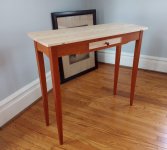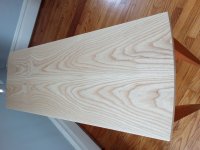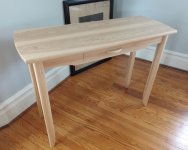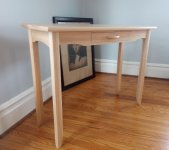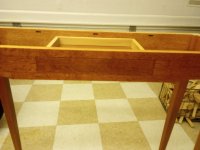Rutabagared
Member
- Joined
- Jan 27, 2008
- Messages
- 296
Ash with red oak base.
[attachimg=1][attachimg=2]
Just ash . . . under the watchful eye of GW.
[attachimg=3][attachimg=4]
[attachimg=1][attachimg=2]
Just ash . . . under the watchful eye of GW.
[attachimg=3][attachimg=4]

